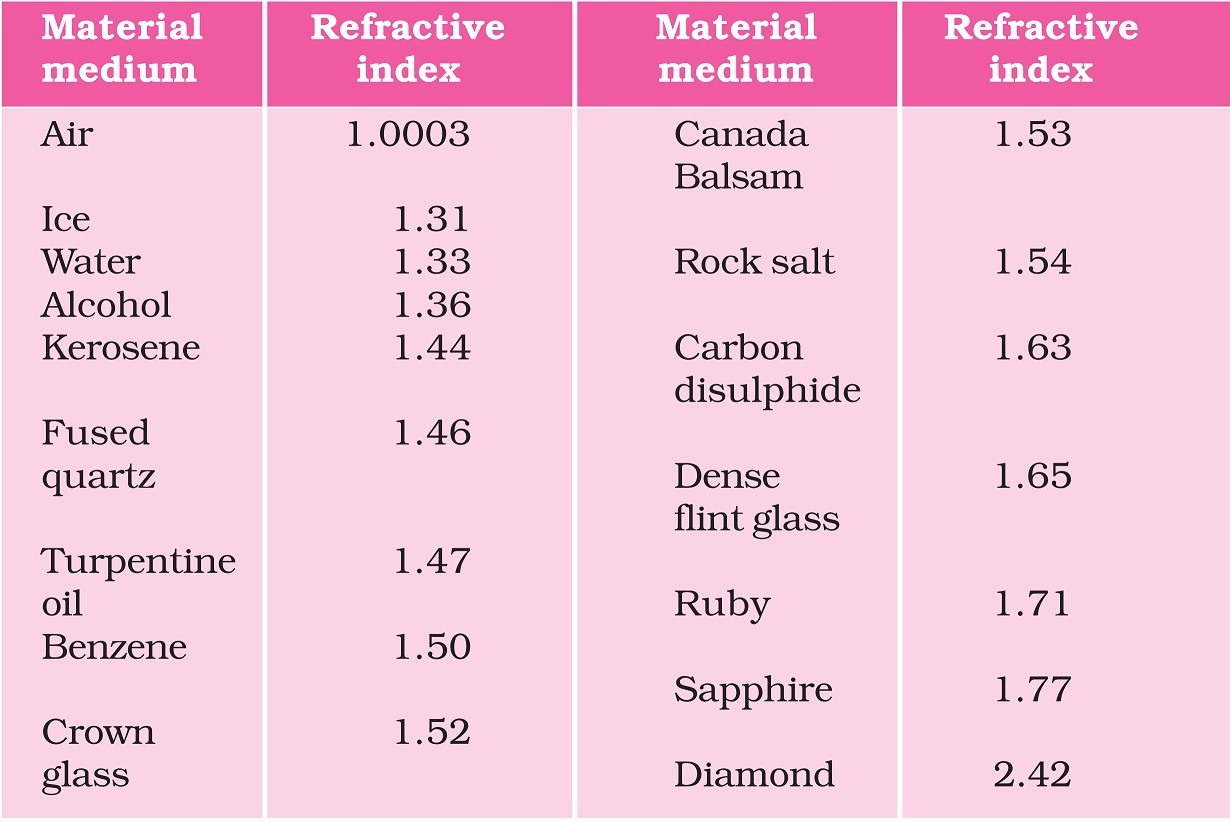Four indicident rays of light parallel to optic axis and their path after passing through an optical system are shown in table-1. match the corresponding optical instrument from table 2.

The correct Answer is:(A) R,S (B) P, Q (C) P, Q (D) R, S
Step by step video & image solution for Four indicident rays of light parallel to optic axis and their path after passing through an optical system are shown in table-1. match the corresponding optical instrument from table 2. by Physics experts to help you in doubts & scoring excellent marks in Class 11 exams.
Updated on:21/07/2023Topper's Solved these Questions
- RAY OPTICSBOOK - DC PANDEY ENGLISHCHAPTER - RAY OPTICSEXERCISE - Integer type q.
14 Videos
- RAY OPTICSBOOK - DC PANDEY ENGLISHCHAPTER - RAY OPTICSEXERCISE - C. comprehension type question
14 Videos
- PROPERTIES OF MATTERBOOK - DC PANDEY ENGLISHCHAPTER - PROPERTIES OF MATTEREXERCISE - Integer
8 Videos
- ROTATIONBOOK - DC PANDEY ENGLISHCHAPTER - ROTATIONEXERCISE - (C) Chapter Exercises
39 Videos
Similar Questions
Four rays of light above the optic axis (parallel to it) and their path after striking an optical system are shown in column-I . Match the corresponding optical instrument from column-II:
_E01_096_Q01.png)
View SolutionAn ideal monoatomic gas undergoes different types of processes which are described in Table-1. Match the corresponding effects in Table-2. The letters have ususl meaning.

View SolutionWhen a ray of light travels from optically denser medium to optically rarer medium, it always bends towards the normal.
View SolutionFind out, from Table 10.3, the medium having highest optical density. Also find the medium with lowest optical density.

View SolutionWhen a ray of light enters from one medium to another having different optical densities, it bends. Why does this phenomenon occur ?
View SolutionA ray of light travelling parallel to the principal axis, passes through the ......... (principal focus/centre of curvature) after reflection, in case of a concave mirror.
View SolutionThere are four situations given in Table-1 involving a magnetic dipole of dipole moment M placed in uniform external magnetic field B. Table-2 gives corresponding results. Match the situations in Table-1 with the corresponding results in Table-2.

View SolutionA ray of light passing through the focus, after reflection from a concave mirror travels ……….
View SolutionA: Ray optics assumes that light travels in a straight line which is disapproved by diffraction effects, yet the ray optics assumption is so commonly used in understanding location and several other properties of images in optical instruments.
R: Typical sizes of apertures involved in ordinary optical instruments are much larger than the wavelength of light.
View SolutionWhen a ray of light travels from an optically less denser medium to an optically more denser medium, the angle of incidence is always less than angle of refraction.
View Solution
